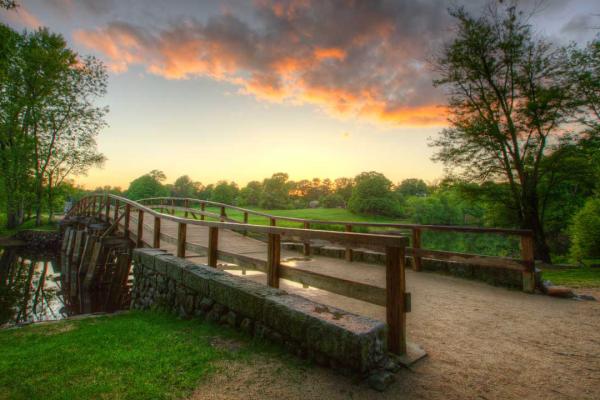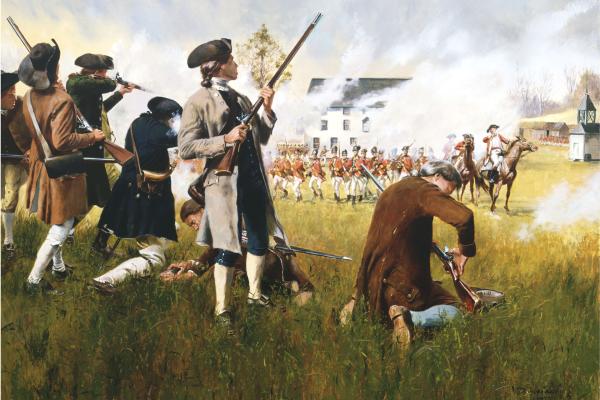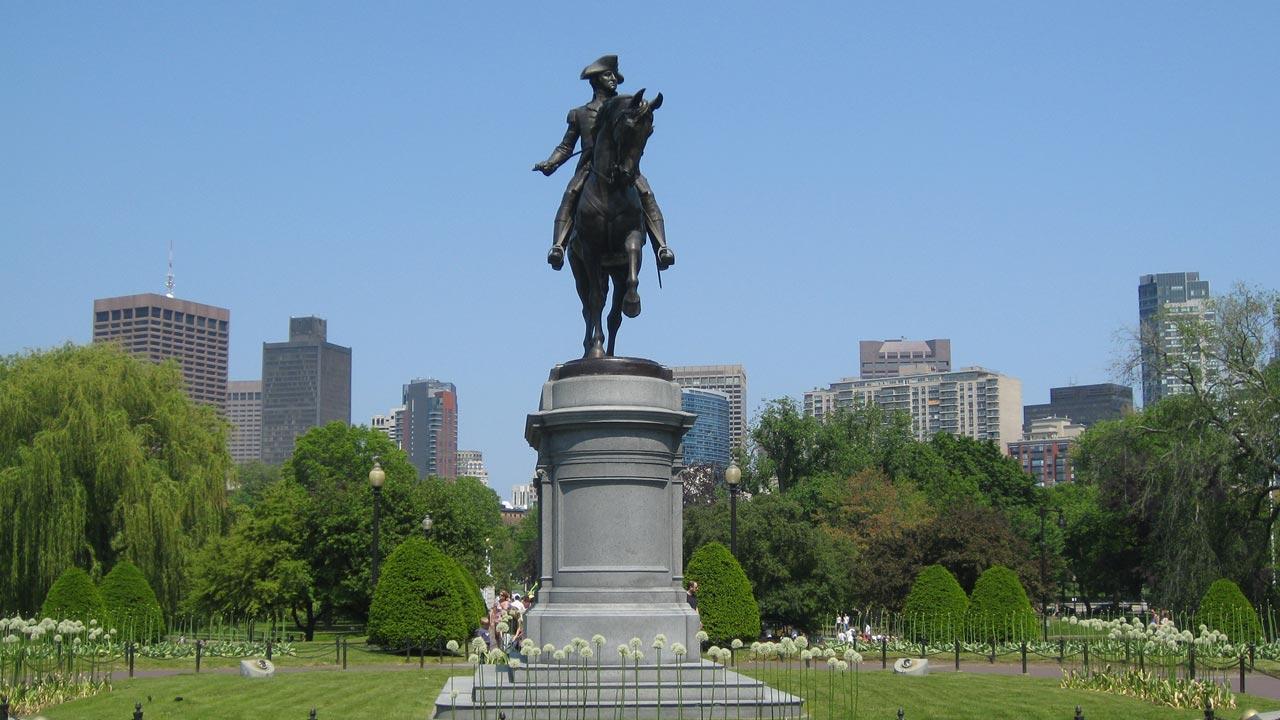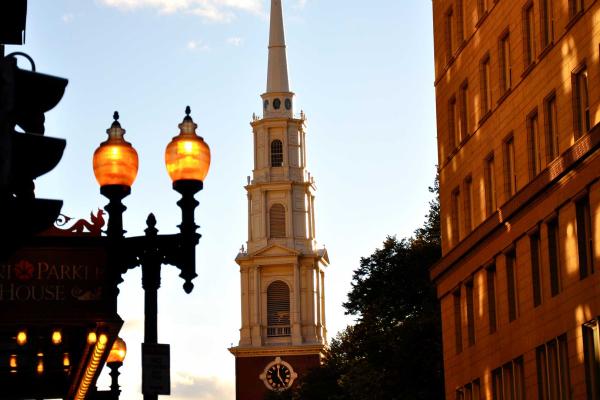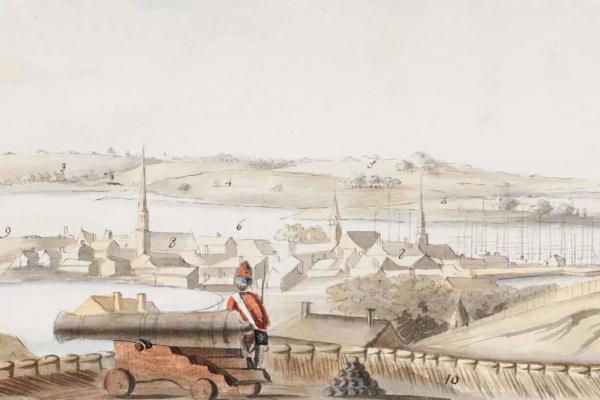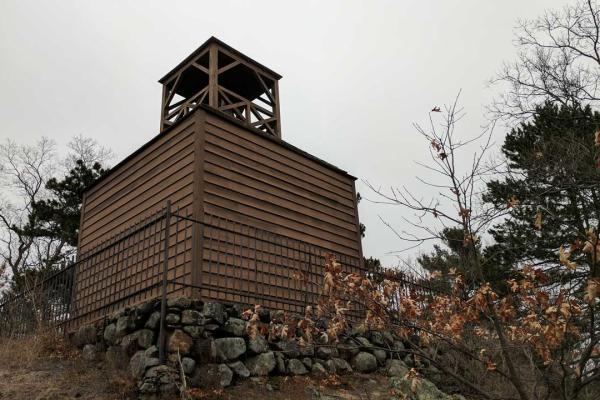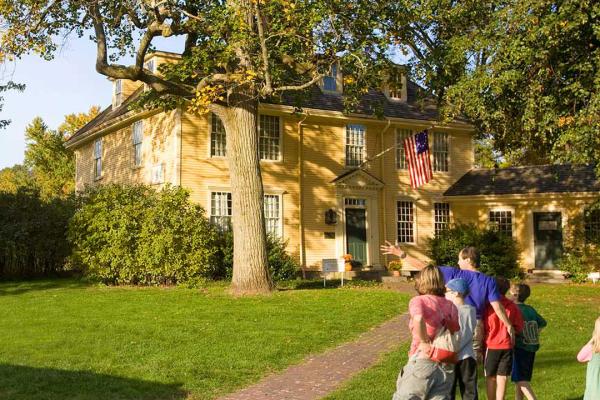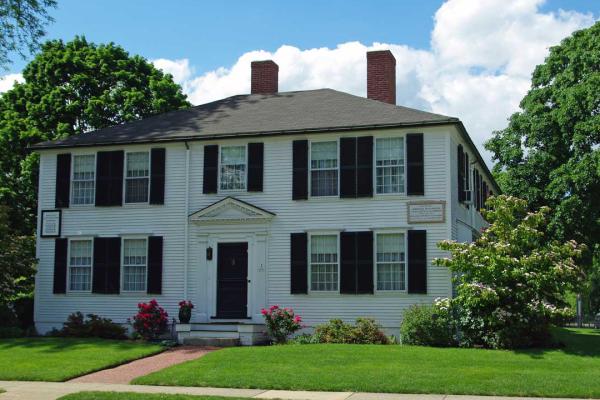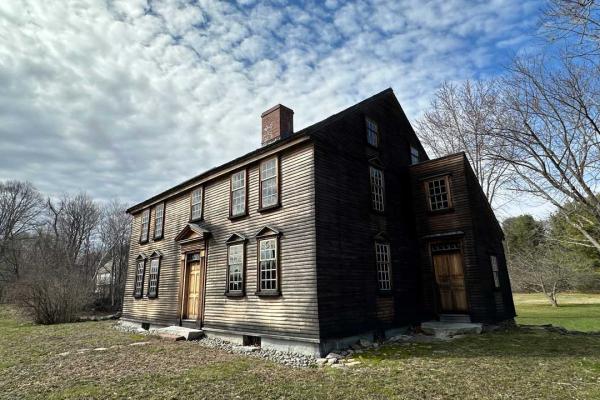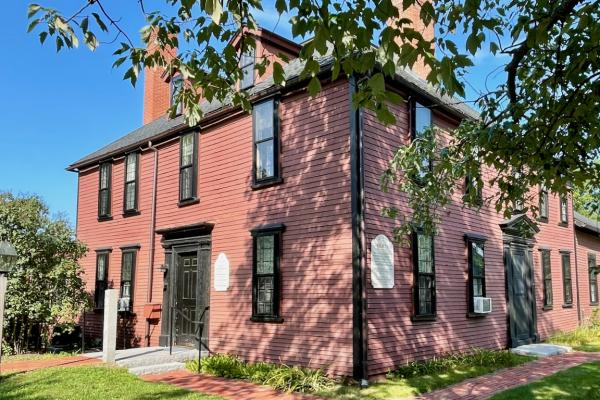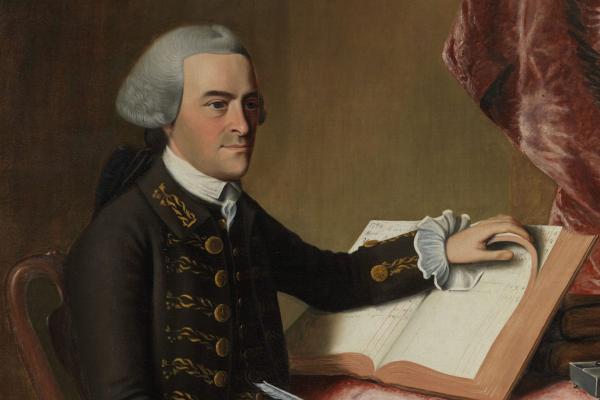A Rival Green
Boston Common, referred to as a "trayning field," was a significant site during the American Revolution. Over 1,000 Redcoats camped there during the British occupation of Boston in 1775, and it was from the Common that three brigades embarked on the fateful trip to Lexington and Concord, where they encountered militia on the Lexington Green. John Hancock's mansion overlooked the Common, and his wife, Dorothy Quincy Hancock, entertained 300 naval officers during Admiral D’Estaing’s fleet visit in 1778.
The Hancocks contributed to the Common by providing a large cask of Madeira wine and fireworks for the 1765 Stamp Act repeal celebration and building a bandstand in 1771. Boston Common has served as a place for public oratory and discourse, hosting significant events related to the American Revolution.
What's Nearby
Explore more of The Liberty Trail by visiting these nearby attractions.
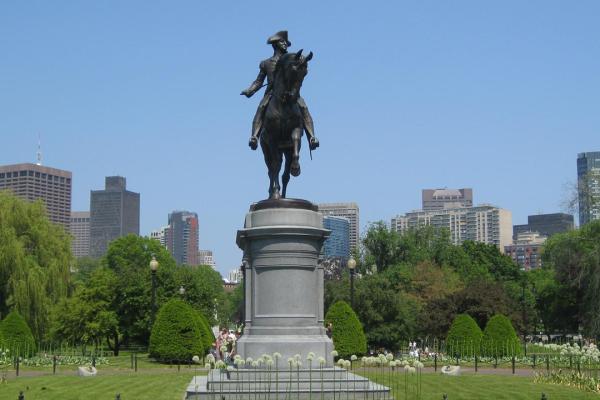
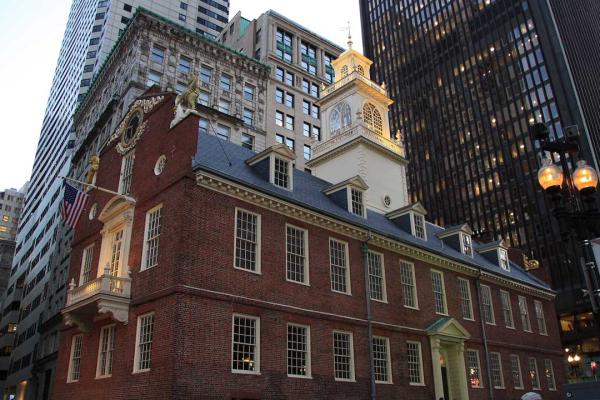

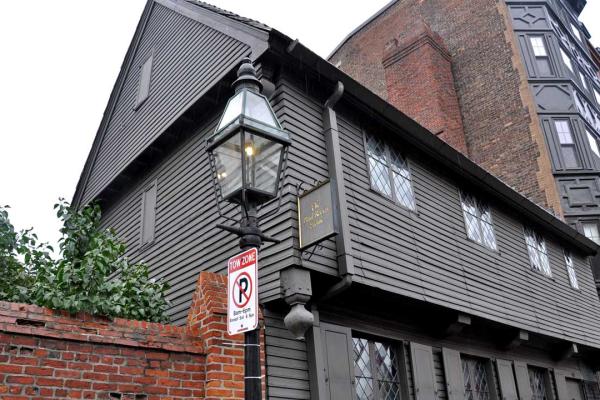

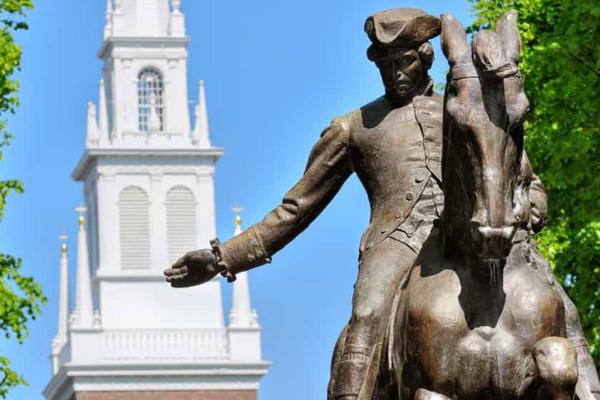
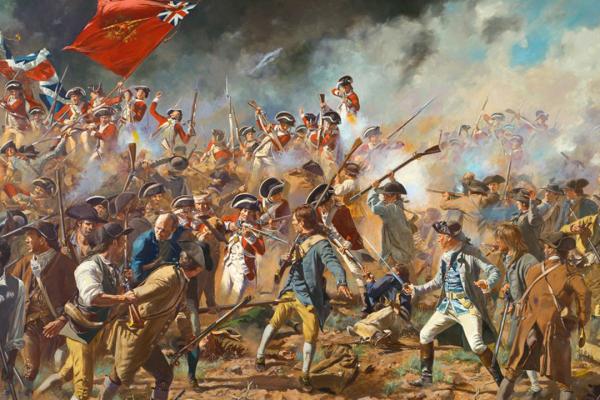
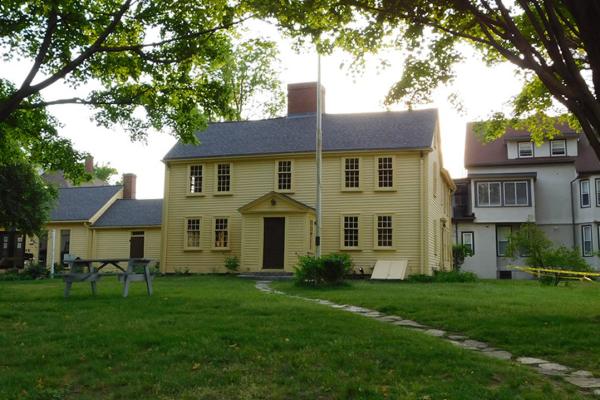
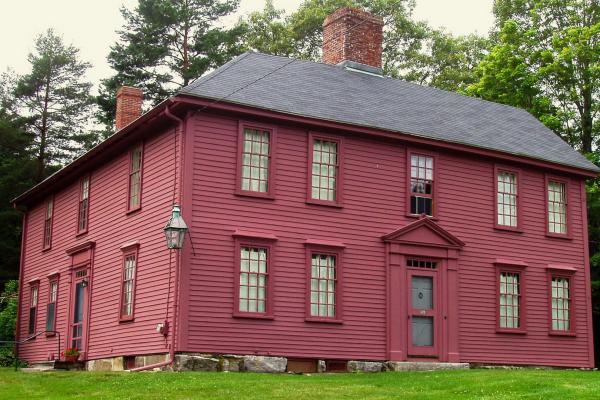
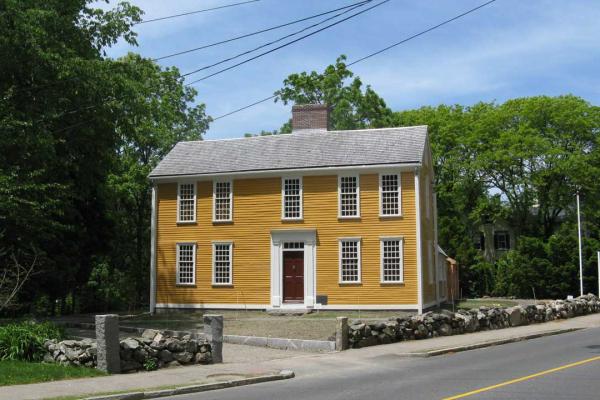
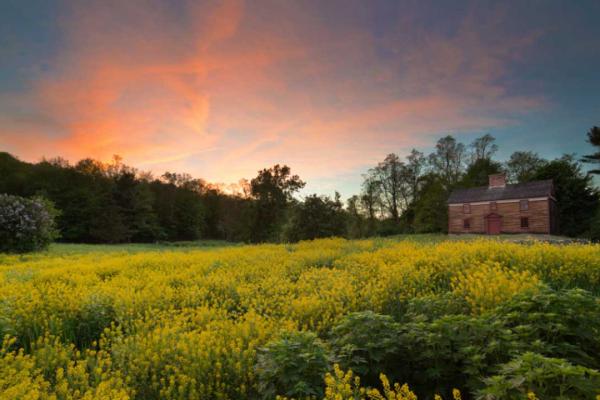
Lincoln, MA 01773
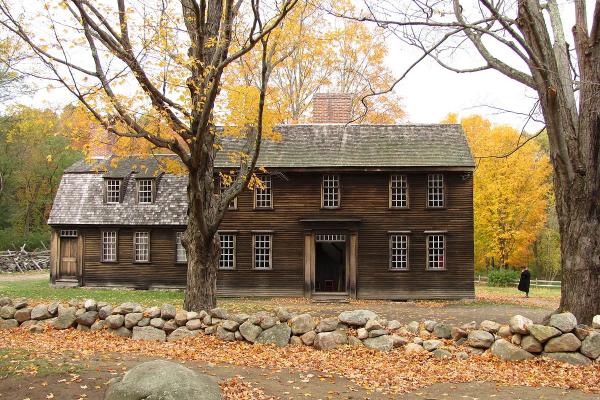
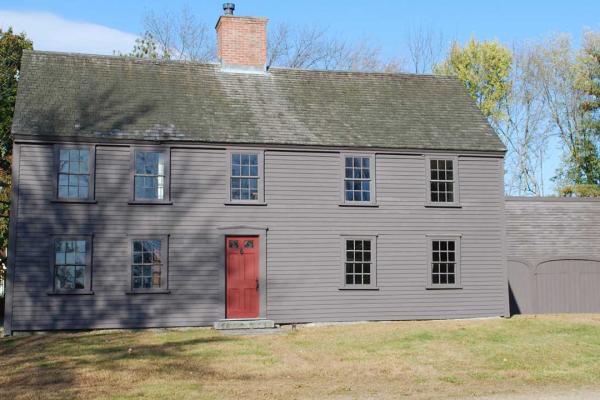
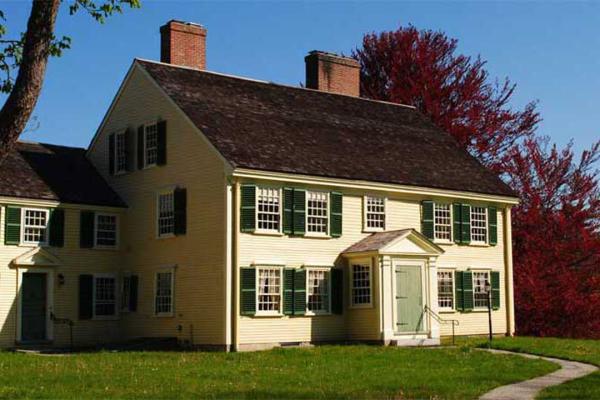
Concord, MA 01742
